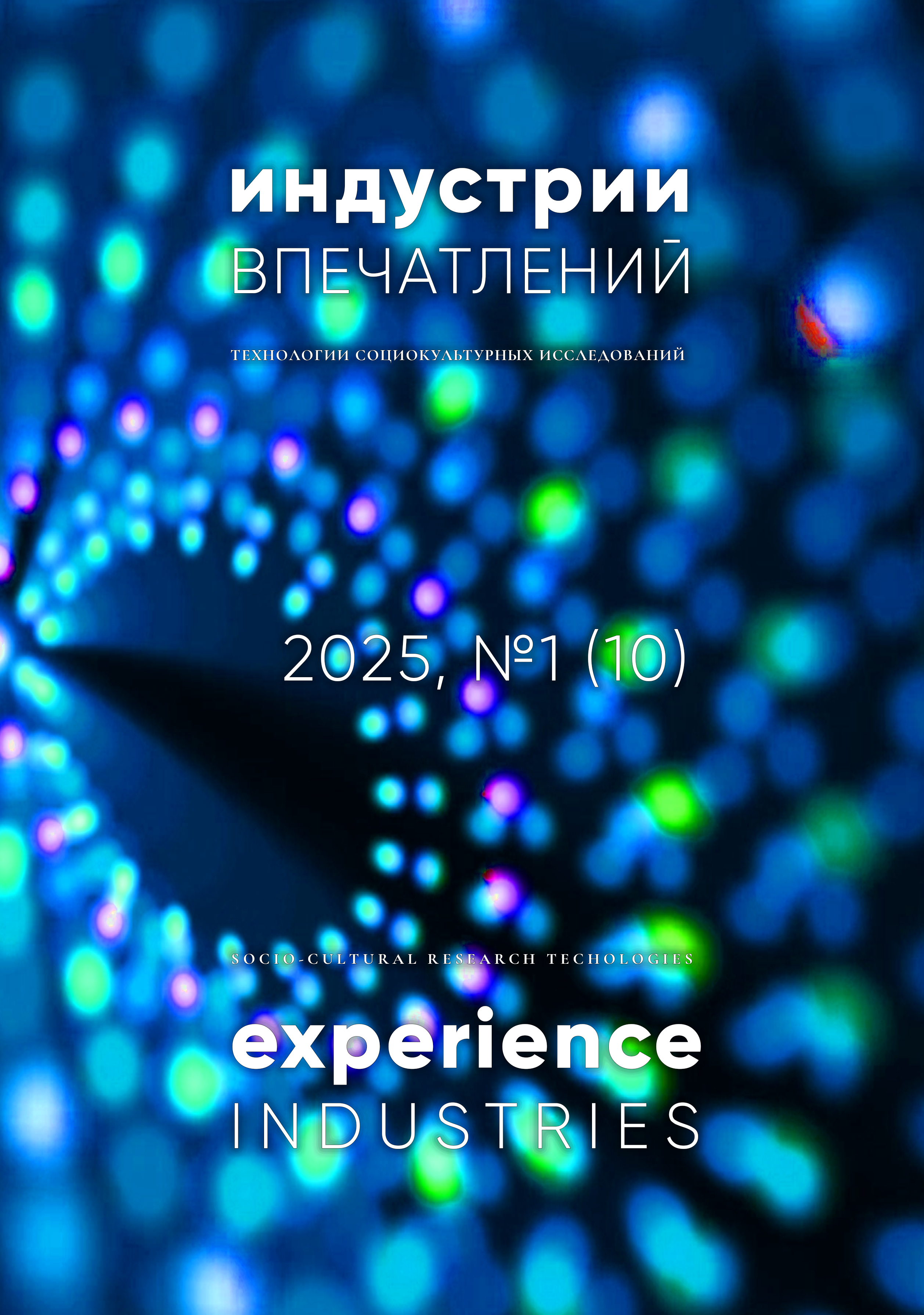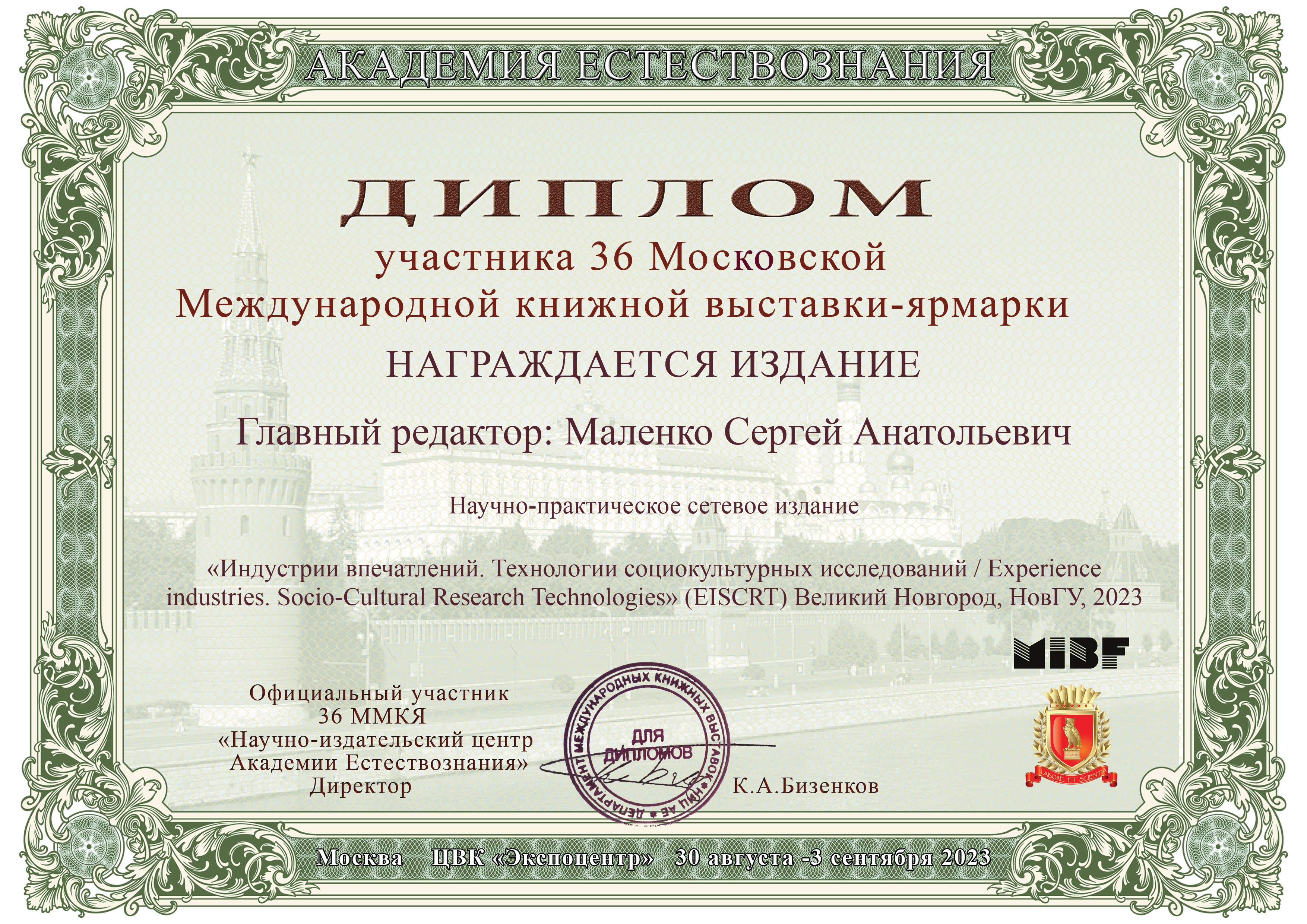A JOURNEY INTO THE STUDENT'S WORLDVIEW: FROM MIYAZAKI TO TARKOVSKY AND BACK
DOI:
https://doi.org/10.34680/EISCRT-2025-1(10)-100-119Keywords:
screen culture, cinematography, youth environment, cultural code, values, worldview, precedent text of culture, cognitive metaphor, interpretationAbstract
The article is devoted to understanding the results of a survey conducted by the authors during the first semester of the 2022-2023 academic year among 2nd year students of the Northern (Arctic) Federal University named after M. V. Lomonosov (Arkhangelsk). In the process of organizing communication trainings, it turned out that the form of a review of the film acts as an effective tool for the implementation of educational and educational tasks in the process of teaching the discipline "Public Speaking". By duplicating reality, cinematography presents the possibilities of creative awareness of reality, facilitates dialogue, relieves tension in the student audience, and helps overcome the fear of public speaking. Due to the need to understand the film discourse as an important component of the consciousness of modern youth, the article examines issues related to both the means of artistic communication and the cultural code of cinema as a whole. The presented attempt to interpret student feedback questionnaires actualizes the trends in the development of audience preferences and indicates that the cultural code of the interpreted films remains stable. The backgrounds, angles, techniques of its embodiment change, but the theme of a person's act, awareness of choosing a path, fears and anxieties remain unshakeable. Thus, screen culture can and should be investigated from the point of view of analyzing the way personality is formed among young people.








